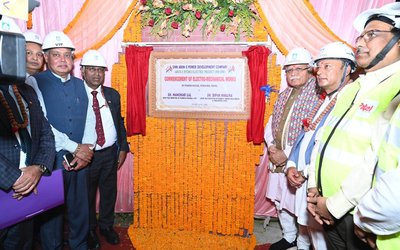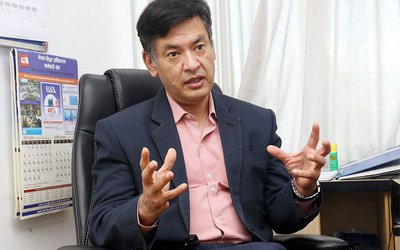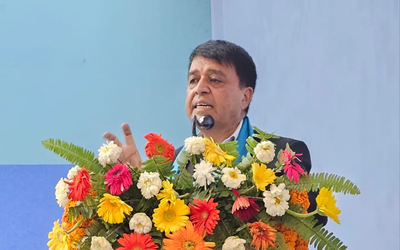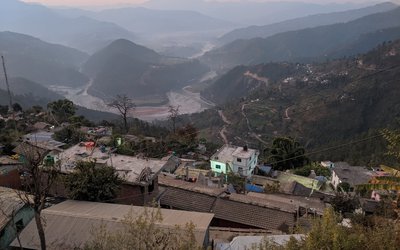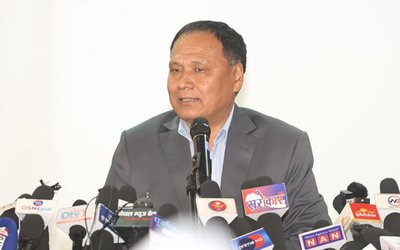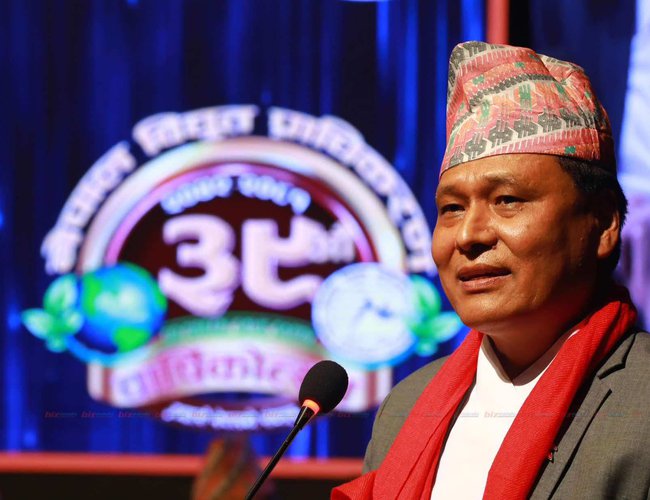
Electricity (energy) consumption has increased three times after the end of load shedding from the country and regular supply of electricity.
In the fiscal year (2072-073), 3 billion 72 million units of energy were consumed, and in 2080-081, the demand reached 10.2 billion units. In the period of eight years, the electricity consumption within the country reached 6 billion 51 million units. Eight years ago, the growth rate of electricity consumption was negative.
In the past, 4 billion 31 million units of electricity were consumed by consumers and 3.69 billion units by industrial customers. The rest of the electricity was consumed by customers of other groups. Eight years ago, the per capita energy consumption reached 400 units, which was 131 units.
Eight years ago, even during the rainy season, there was 8 hours of load shedding every day.
It was projected that load shedding would be required for 14 hours a day in winter. From October 2073, the load shedding of the customers of the major cities of the country and then of the industrial customers was gradually stopped in the Kathmandu valley. The entire country was declared free of load shedding from Baisakh 2075.
8 years ago only 58 percent of households had access to electricity.
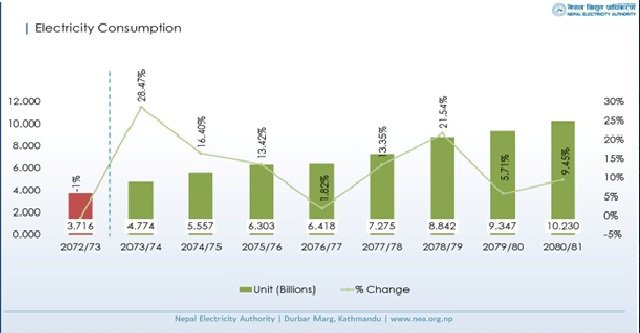
Now electricity has reached 99 percent. 97 percent of the households that have access to electricity are consuming electricity from the national grid and 2 percent from small hydropower, solar energy, etc. that are outside the grid. Last year, electricity customers were about 300,000, but now they have reached 5935,000, including community ones.
The Managing Director of Nepal Electricity Authority, Kulman Ghising, said that after the end of load shedding, electricity consumption has increased since there is sufficient continuous power supply.
‘Large and small industries are receiving continuous electricity supply, during this period, various loads of industries have been approved, the use of electrical appliances in household purposes including cooking has increased, the use of electric vehicles in private and public transportation is increasing, electrification has been done extensively, due to which the electricity consumption is increasing internally, said Executive Director Ghising.
‘With the increase in electricity demand every year, challenges have been added to electricity supply. After solving such challenges and problems, the main cities of the country with reliable, quality, safe electricity supply to consumers have been divided into 11 clusters and a master plan of transmission and distribution structure that can supply the demand until the year 2050 has been prepared and implemented gradually.
He mentioned that work is being done to increase electricity consumption internally, increase production, reduce imports and increase exports.
Electricity consumption was 3 billion 72 million units in 2072/073 and reached 4 billion 77 million units by 28.47 points in 2073/074. Electricity consumption was 5.56 billion units in 2074/075, 6.30 billion units in 2075/076, 6.42 billion units in 2076/077, and 7.28 billion units in 2077/078.
Likewise, in 2078-079, 8 billion 84 million, 9 billion 35 million in 2079-080 and 10 billion 2 million units of electricity were consumed in 2080-81. Compared to the year 2079-80, electricity consumption has increased by about 10 percent in the year 2080-81.
Last year's peak demand (the time when electricity demand is high) increased by 11.34 percentage points compared to the previous year 2079-80. The highest electricity demand in the country was recorded on June 16 last year. On that day, the peak demand reached 2,212 megawatts.
Even though electricity is exported to India for 6 months of the rainy season, there is a situation in which the electricity production of hydropower projects in winter is reduced, but electricity has to be imported to meet domestic demand for a few months. However, the amount of imported energy in the system is decreasing. Last year, the share of imported energy in the system was 14.68 percent. It is less by 8.57 percentage points compared to the previous year. Electricity export has increased by 44 percentage points.
Last year, 1 billion 90 million units of electricity worth 16 billion 93 million rupees were imported from India. But during this period, 1 billion 95 million units of electricity were exported to India and the income was 17 billion 6 million rupees. Last year, Nepal became an exporter of electricity by exporting electricity worth 13 million rupees more than imports.
- KOICA Concludes Integrated Rural Development Project Worth 4.7 Million USD
- Apr 25, 2025
- Budget session Of Federal Parliament Begins Today
- Apr 25, 2025
- 10th Memorial Day Of Gorkha Earthquake
- Apr 25, 2025
- Kathmandu's Maximum Temperature Likely To Dip From Sunday
- Apr 25, 2025
- Budget Session Of Federal Parliament Commencing On Friday
- Apr 24, 2025
